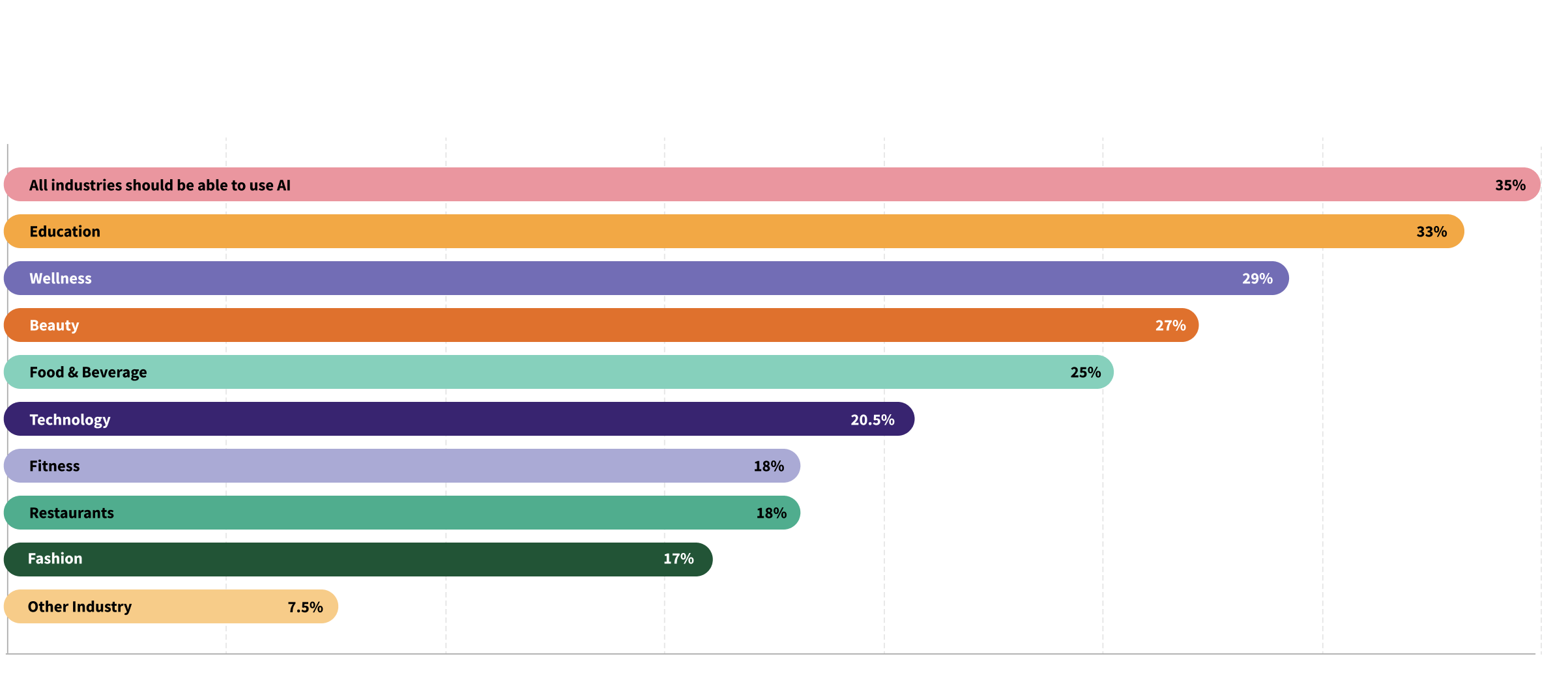The ability to understand and act on consumer insights is critical to the success of any business. Companies that leverage advanced consumer research tools are not only able to capture data but also translate it into actionable strategies that drive business growth. Technology serves as the essential bridge between businesses and consumers, enabling companies to make data-driven decisions with confidence.
This blog explores the transformative role of technology in consumer research, how it bridges the gap between businesses and their target audiences, and why innovation through insights is the key to staying competitive. We will also highlight the importance of transparency, trust, and human-centered technology in fostering deeper connections between brands and consumers.
Technology as the Bridge Between Data and Action
Consumer research platforms have evolved from static data collection tools to dynamic engines of insight and innovation. Businesses today generate an overwhelming amount of consumer data, but without the right tools, that data remains just noise. The true power of technology in consumer research lies in its ability to process, analyze, and translate raw data into actionable insights that inform business decisions.
Key Technologies in Consumer Research
Savvy marketers don’t leave success to chance. Using online surveys and AI-powered research platforms like SightX, brands can test multiple ad concepts weeks or months before the Super Bowl to identify which messaging, visuals, and emotional triggers resonate best with target audiences.
- AI and Machine Learning: These technologies help identify patterns in consumer behavior and predict future trends with remarkable accuracy.
- Real-Time Analytics: Businesses no longer have to rely on outdated reports; real-time dashboards offer instant visibility into customer sentiments and preferences.
- Automated Survey Platforms: Tools that enable quick, agile consumer research, allowing brands to gather insights efficiently.
- Big Data Integration: Combining different data sources (social media, purchase data, web interactions) for a comprehensive view of the customer journey.
With these technologies, companies can bridge the gap between numbers and narratives, ensuring that insights lead directly to meaningful action.
The Role of Human-Centered Technology in Business Success
While technology powers modern consumer research, the most effective solutions keep human needs at the core. Human-centered technology is designed to understand not just what consumers do, but why they do it. Businesses that listen to their customers and respond to their pain points create stronger relationships and more resonant products.
How Human-Centered Technology Enhances Consumer Research
The most impactful consumer research platforms integrate human-centered technology, ensuring that data collection and analysis prioritize real consumer experiences, needs, and emotions. Traditional consumer research methods often rely on rigid, predefined frameworks that may not fully capture the nuances of human behavior. However, human-centered technology brings a more adaptive and empathetic approach to understanding consumers.
1. Empathy-Driven Data Collection
Unlike traditional long surveys that focus solely on numbers, human-centered research tools aim to understand the "why" behind consumer behaviors. By incorporating more experiments that are somewhat gamified -such as MaxDiff or open-ended responses, facial recognition, and sentiment analysis- these tools aim to understand deep-rooted motivations and emotional drivers.
For example, AI-powered sentiment analysis can detect whether a consumer's response carries positive, negative, or neutral emotions, helping brands identify not just preferences, but the emotional connections consumers have with products.
2. Customizable and Adaptive Research Experiences
Human-centered technology enables businesses to create flexible and personalized research experiences. Instead of static surveys, platforms now offer dynamic questioning, where follow-up queries adjust based on a respondent's previous answers. This creates a more interactive and engaging research experience while providing richer insights.
For instance, in a heat map exercise in concept testing, respondents are presented with images that typically reflect a package or a mockup for a website, and are asked to highlight on the heatmap those parts that they like and dislike, leading to more engaging experiences.
3. Conversational AI and Chatbots for Real-Time Feedback
With the rise of AI-driven chatbots, brands can engage consumers in real-time conversations, gathering instant feedback without the friction of formal surveys. These chatbots can probe deeper based on responses, ask clarifying questions, and even mirror a natural human conversation, leading to richer qualitative insights.
Additionally, AI chatbots can function across multiple touchpoints—from social media to customer support interactions—capturing spontaneous consumer reactions and preferences without disrupting the user experience.
4. Behavioral Tracking for Enhanced Accuracy
Self-reported data is valuable but can sometimes be biased or incomplete. Human-centered technology incorporates behavioral tracking tools that analyze actual consumer actions rather than just stated preferences. This includes:
- Eye-tracking technology to understand how consumers visually engage with products or advertisements.
- Clickstream analysis to map how users navigate a website and what holds their attention the longest.
- Biometric feedback to measure emotional responses, such as heart rate or skin conductivity, while interacting with marketing content.
These advanced methodologies ensure that consumer insights are not only based on what people say but also on how they behave in real-world scenarios.
5. Augmenting Human Intelligence with AI
Human-centered research doesn’t mean replacing human insight with AI but rather augmenting human capabilities. AI-powered analytics can process vast amounts of data at speeds impossible for human researchers, but human expertise is needed to interpret and apply these insights meaningfully.
For instance, AI can quickly identify consumer sentiment trends across social media platforms, but a human analyst provides context, nuance, and strategic recommendations that align with brand objectives.
6. Multi-Channel Engagement for Holistic Consumer Understanding
To truly understand modern consumers, brands must engage with them across multiple touchpoints. Human-centered technology allows businesses to collect insights from:
- Social media interactions
- Customer support chats
- Online reviews and forums
- Wearable devices and IoT data
By aggregating insights from various channels, businesses get a 360-degree view of consumer behavior, ensuring research reflects real-world experiences and preferences.
The Impact of Human-Centered Consumer Research
By integrating human-centered technology, businesses can:
- Develop deeper consumer relationships through personalized engagement.
- Improve product and service design by prioritizing real consumer needs.
- Enhance marketing strategies by aligning campaigns with authentic customer motivations.
- Increase participation rates in research efforts by making the process engaging and seamless.
Ultimately, human-centered technology transforms consumer research from a data collection exercise into a strategic tool for creating meaningful customer connections and driving business success.
Bridging the Gap Between Businesses and Their Customers
One of the most significant challenges businesses face today is truly understanding their customers. Consumer expectations evolve rapidly, and companies that fail to keep up risk losing market relevance. Technology in consumer research acts as a bridge between businesses and the voice of the customer, providing a continuous feedback loop that helps brands stay connected to shifting preferences.
Ways Technology Enhances Business-Consumer Relationships:
- Sentiment Analysis: AI-powered tools scan online conversations to gauge public opinion about a brand or product.
- Segmentation and Personalization: Using data to create highly targeted marketing and product development strategies.
- Agile Consumer Research: Conducting quick-turn research to adapt to emerging trends.
- Two-Way Communication Platforms: Encouraging consumer participation through feedback communities and interactive platforms.
By leveraging these tools, businesses foster stronger, more authentic connections with their audience, leading to greater brand loyalty and customer satisfaction.
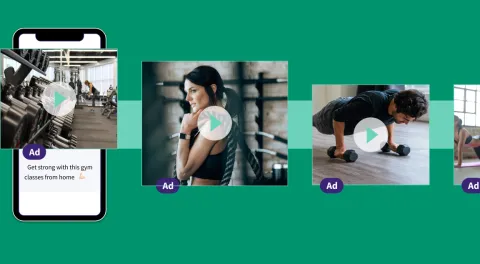
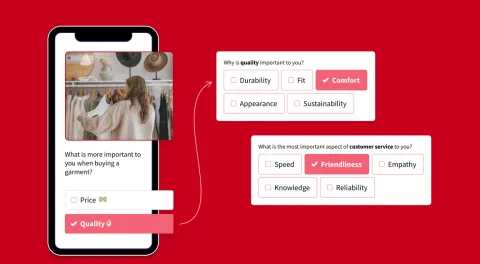
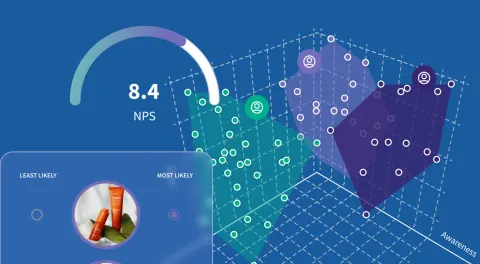
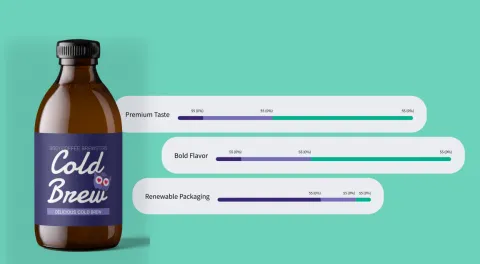
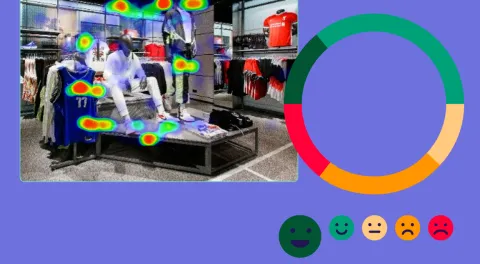
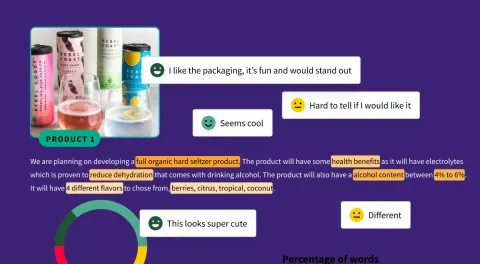
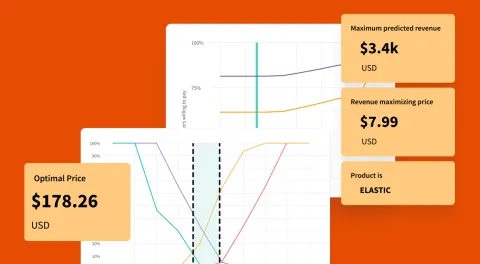
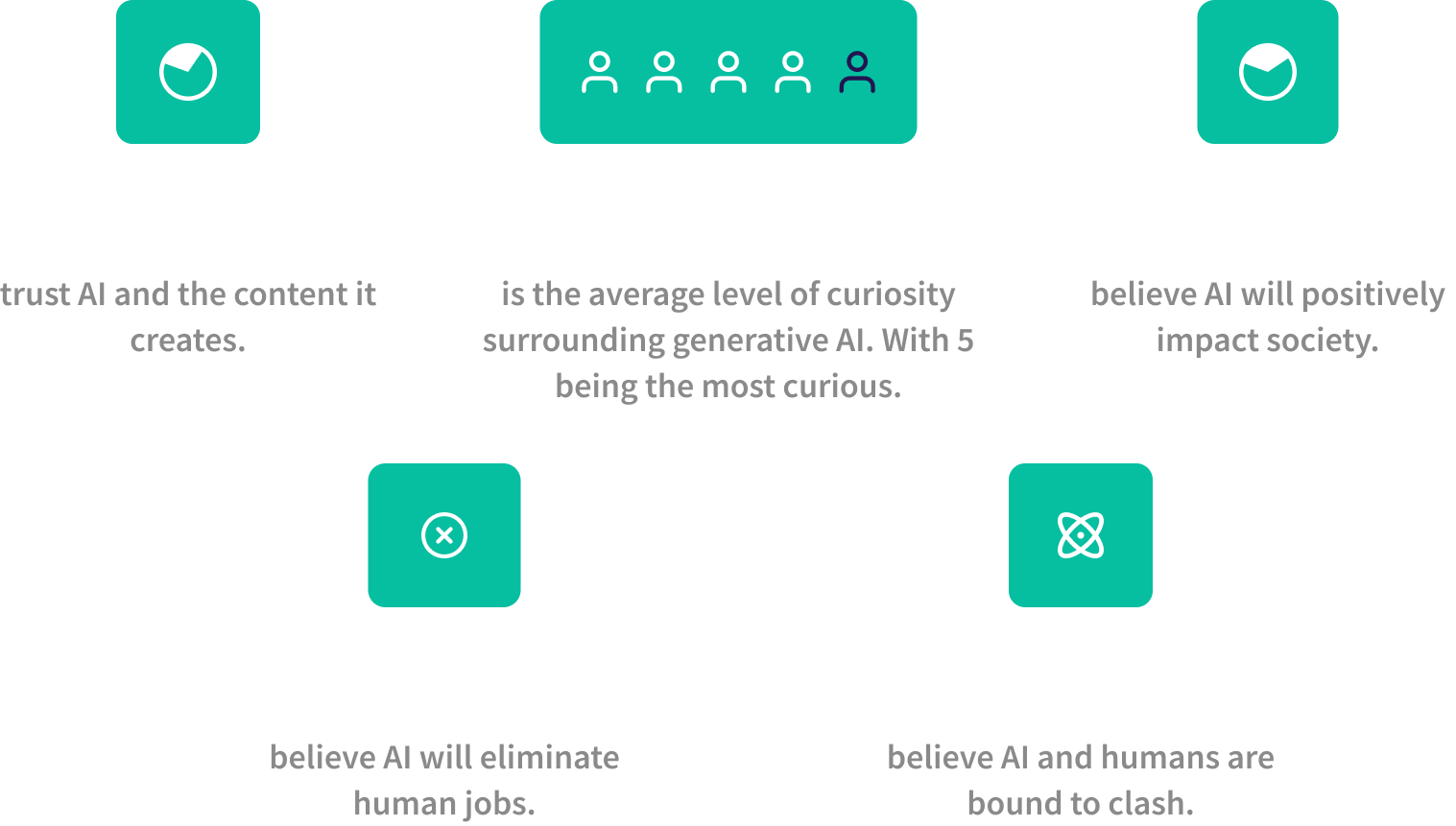
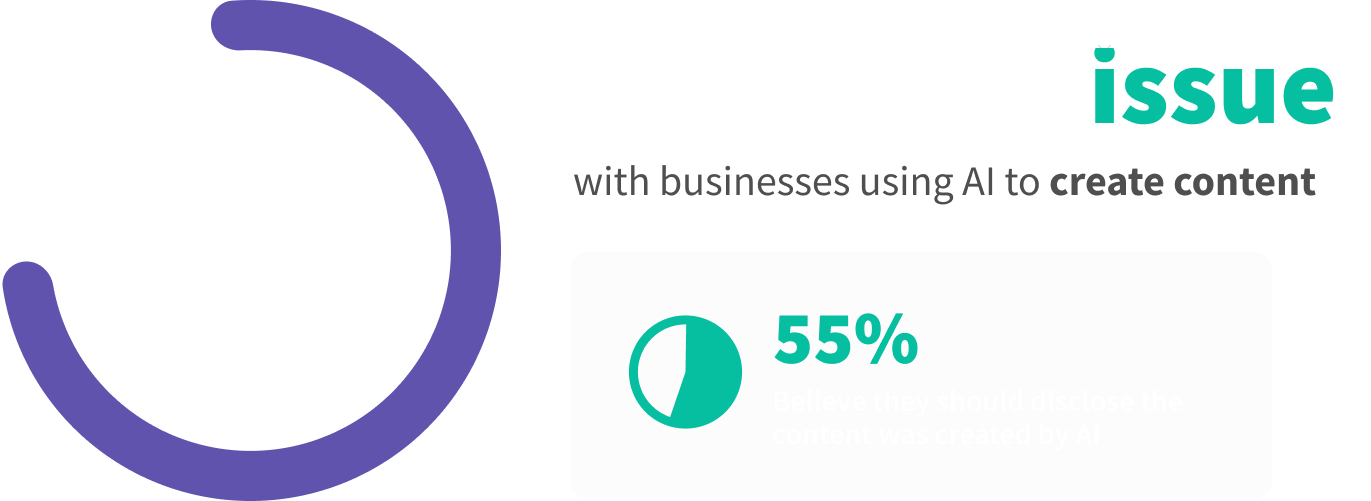

 Overall, only 7% of our respondents would prefer brands to avoid AI generated content. While there is a chance brands may lose some brownie points with Baby Boomers, most respondents (regardless of age) do believe brands should be able to use generative AI technology.
Overall, only 7% of our respondents would prefer brands to avoid AI generated content. While there is a chance brands may lose some brownie points with Baby Boomers, most respondents (regardless of age) do believe brands should be able to use generative AI technology. 